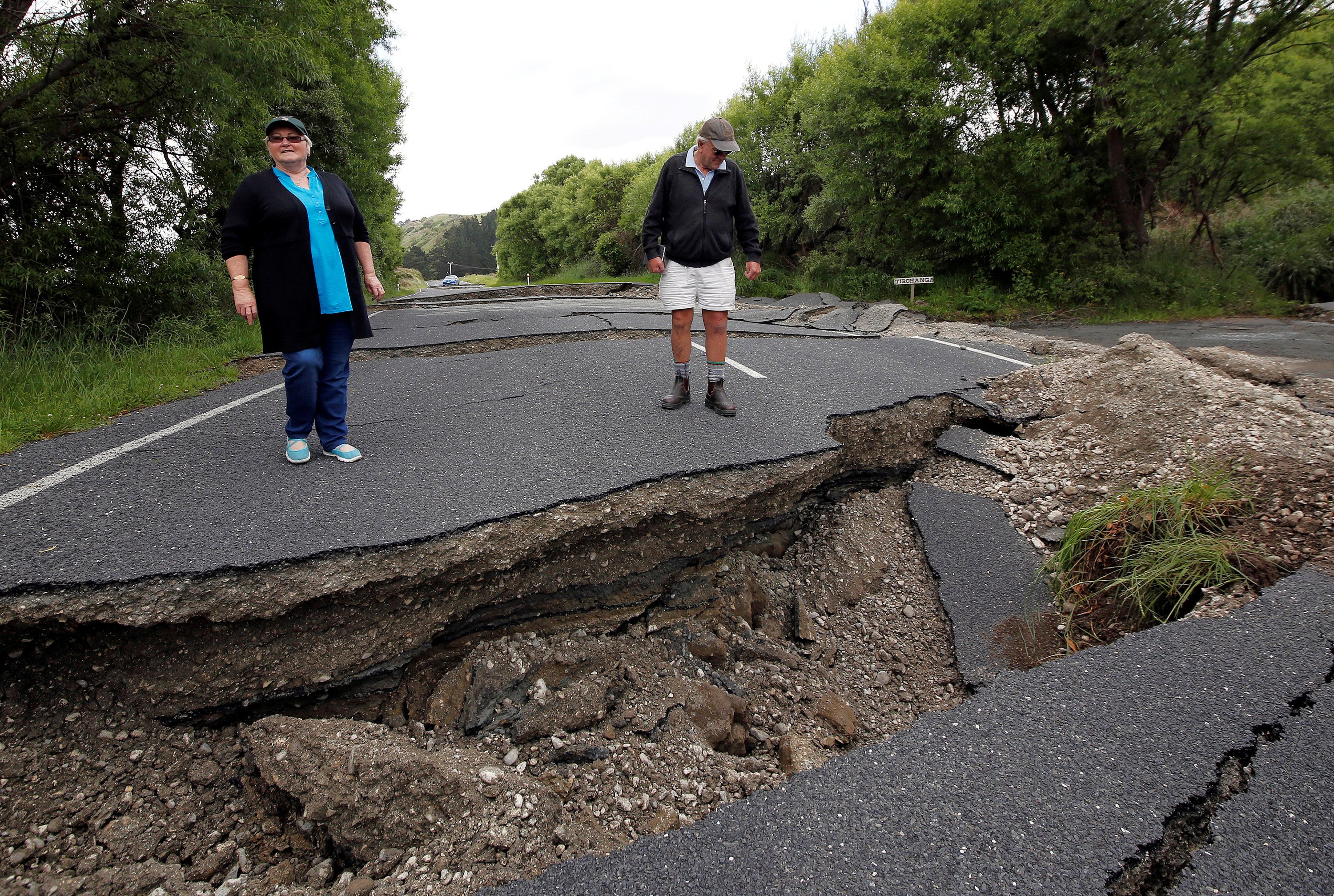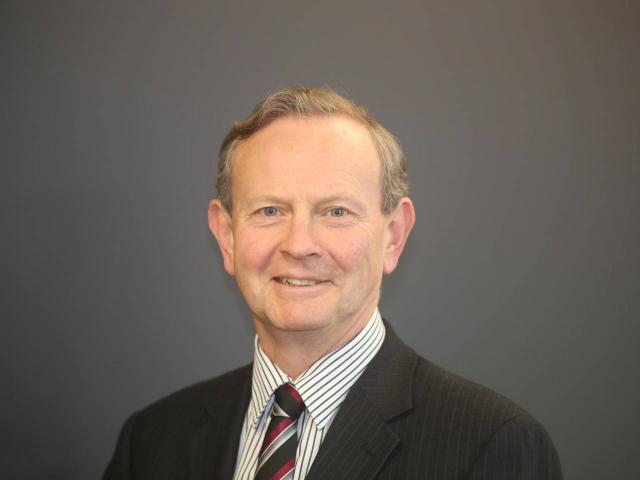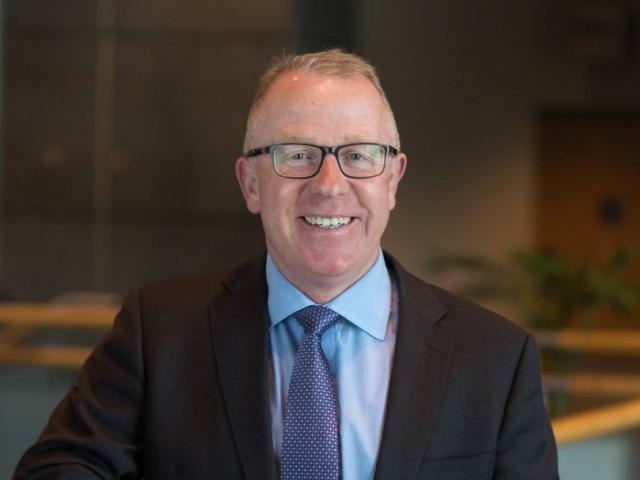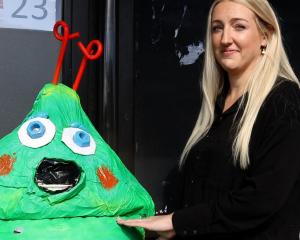Owners of property damaged by a natural disaster will only have to deal with their insurer from June next year after the Earthquake Commission agreed a deal allowing claims to be dealt with by private insurers.
The change, which will come into force during the second quarter of 2021, will aim to avoid the disastrous situation which followed the 2010 and 2011 Christchurch earthquakes, in which there was double and sometimes triple-handling of claims and assessments as consumers were bounced between EQC and insurers.
Under the new partnership, anyone with home insurance whose home or land is damaged in a natural disaster will only need to lodge one claim through their private insurer.
Insurance Council of New Zealand chief executive Tim Grafton said the change would ensure a more effective and efficient response, delivering simplicity and certainty for customers during a very stressful time.
"Customers must always come first and developing these arrangements in partnership with EQC will ensure New Zealand has one of the best natural disaster response platforms in the world," he said.
Eight private insurance companies - AA Insurance, Chubb, FMG, Ando (Hollard), IAG, MAS, Vero and Tower - have worked with EQC on the partnership model.

"[At the time] we approached EQC and said we have got a major disaster on our hands - we know the Canterbury situation could be improved so in this rapid space of a few weeks we put together a response where largely private insurers managed and settled the claims out of Kaikoura."
Grafton said the success of that and the recent use of the model during floods in Northland prompted it to push for it to become the permanent way of handling claims.
"Over the last several months we have been engaged through the lockdown period in quite a lot of work in getting to an overarching agreement to cover the response if there was a major disaster. And now we are going through the details insurer by insurer. To confirm arrangements and commercial arrangements too that need to be put in place."

"What it immediately removes is duplicate, triplicate assessments, and potentially differences between EQC and insurer assessments so it streamlines that. It removes the potential for dispute which leads to delay.
"It is going to be a quicker process, better claims experience process from a consumer point of view."
Sid Miller, EQC chief executive, said the new approach would build on the findings from the Government's Public Inquiry into EQC, as well as the lessons learned from the Canterbury and Kaikōura earthquakes, to benefit all New Zealanders for the future.
"We know that EQC cannot respond to a large natural hazard event alone, and this new partnership will streamline the insurance process and ensure we make best use of existing sector capability and expertise to meet the needs of New Zealanders when the next natural disaster occurs."
He said using private insurers would come at a comparable cost but would expand New Zealand's capability so that 100,000 claims could be handled in any one year.
"This gives us the capacity to deal with 100,000 claims per year - this is going to be world leading from the point of view of taking that approach across the whole of the industry to be able to get a single co-ordinated response."

"Which is one of the reasons we have invested heavily in the data and information flows so that we can actually have real time flow of information between the insurers, ourselves and ultimately enable the government to have clear line of sight of what is going on and support decision making which was a major challenge in previous quakes."
Miller said the change would not result in change in staff numbers for EQC.
"We are still dealing with significant numbers of reopened claims [from Canterbury] so our head count will remain very stable for quite some time to come."
But he said over time it would evolve with new roles to support the implementation of the modelling and reinsurance work.
If a natural disaster event occurs before the new model comes in consumers will need to call both their insurer and the EQC but if there is a large event the new model could be used, Miller said.













